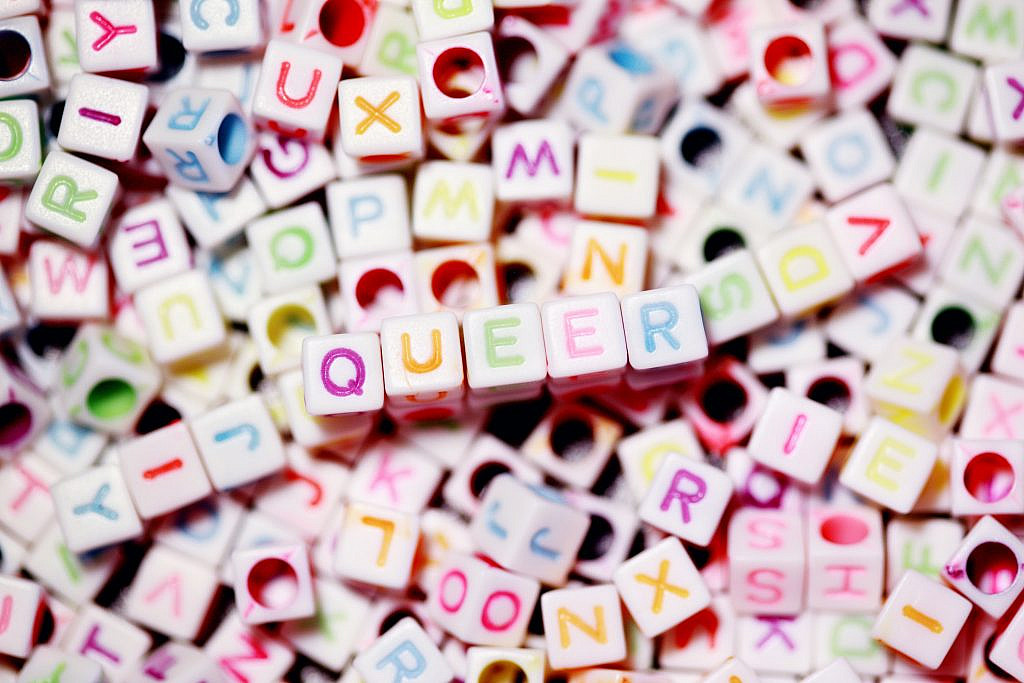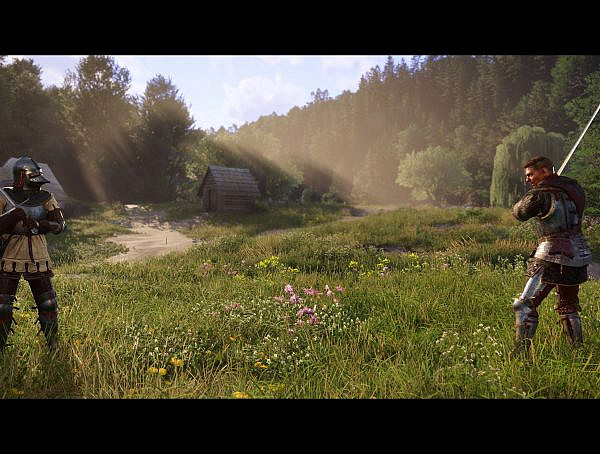On the Importance of Queer Romances – Role-play as Exploration and Performance of Sexuality by Tanja Sihvonen and Jaakko Stenros is an article that dives into the topic of queer romances in roleplay games. The research has been approached by looking into tabletop roleplaying as well as live action roleplay, also known as larp and single-player digital RPG (roleplaying game).
The terms that are frequently used in the article are “crunch” and “fluff” and these terms are explained in the following way: in RPG crunch includes the rules and mechanics of the game while fluff is exploration of the setting or a character. Most of the time, things such as a character’s gender and especially their sexuality are a part of the fluff. “Designer Emily Care Boss (2012) has described how these terms are used: ‘One common approach to role-playing is to look at rules and mechanics as the skeleton of play, and “fluff” as the details occasionally handed out to keep the bones from sticking out. There is a dismissive quality to fluff.’”
Sihvonen and Stenros refer to Eleanor Saitta and Sebastian F. K. Svegaard’s (2019) chapter ‘Designing for Queer and Trans Players’: which points out that when it comes to larping and for a queer romance to happen, another player’s attendance to it is necessary. The thought of the larp’s casting being gender-neutral is nice in theory, but in practice being gender-neutral means no same sex romance can happen.
And when it comes to a casting a straight person to play a queer one, there is the issue that the straight male might be praised for it while a queer person playing a queer person is expected to tone down their interpretation of the role, to not make the other player uncomfortable. In larping the possibility of having a character with a queer relationship is possible, if the other players welcome it, since larping is a social game.
The researchers also talked about single RPG and the cons and pros of it when it comes to queer romances. When playing single RPG, the biggest con is the digital artefacts: can the playable character have the option to have a romantic relationship? And if yes, can it be a queer romance? There are only few characters in single RGP that are fully queer, which means there is not even the option of these characters to have a romance with a character of the opposite sex. The researchers mention one character like this: Dorian Pavus from Dragon Age: Inquisition which has been remarkable because, as mentioned, there are still just few characters in single RPG that are exclusively queer. While single RPG can be restrictive because of the game artefacts, they can also be a good way for the player to experiment in peace and quiet, privately.
The researchers found that there is a need for queer play to be in the crunch as well, so that a queer character would be a part of the storyline, not just a possible option. That way the sexist and heteronormative baselines could be avoided.
The article: On the Importance of Queer Romances – Role-play as Exploration and Performance of Sexuality by Tanja Sihvonen and Jaakko Stenros http://widerscreen.fi/numerot/2019-1-2/on-the-importance-of-queer-romances-role-play-as-exploration-and-performance-of-sexuality/
Picture: pexels.com (Sharon McCutcheon)
You might also like
More from Game Research Highlights
How do you want to do this? – A look into the therapeutic uses of role-playing games
Can playing RPGs contribute positively to your wellbeing? A recent study aims to find out how RPGs are being used …
Eldritch horrors and tentacles – Defining what “Lovecraftian” is in games
H.P. Lovecrafts legacy lives today in the shared world of Cthulhu Mythos and its iconic monsters. Prema Arasu defines the …
Are Souls Games the Contemporary Myths?
Dom Ford’s Approaching FromSoftware’s Souls Games as Myth reveals the Souls series as a modern mythology where gods fall, desires …
















